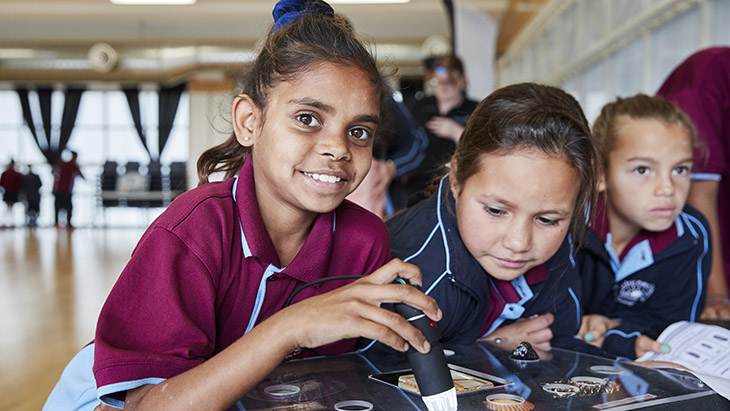Evidence-based strategies for intellectual disability
Consider adjustments to communication style
Get student's attention before communicating
When giving instructions or talking with students check that you have their full attention before beginning. This can be done out loud or with a gesture.
Be clear and specific
It can be helpful to give clear and specific instructions about the task or behaviour expected, and how much time they have to work in.
Use visual instructions
Visual instructions about a task or behaviour may help support some students. Consider demonstrating the task or behaviour, or asking another student to demonstrate. You could also use a visual schedule, poster, or video to outline or model the task.
Some students may find it easier if they can use gestures
Some may need to point to the correct answer instead of talking.
Give brief prompts immediately before each activity
It can be helpful to remind students what you want them to focus on in that activity.
Give encouragement and guidance
Consider giving effective feedback and correction immediately when students are learning a task or behaviour. This can be reduced gradually as they build their capability.
Consider using least-to-most prompts
If a student isn’t sure of a response or task, prompts that gradually increase in the level of support and/or are provided at set intervals (for example, after 5 seconds) can be helpful. For example, ‘least support’ prompts may be a broad open-ended question “which number comes next” whereas ‘most support’ prompts may be “point to the 6 - the 6 comes next”.
Provide opportunities to work with their peers
Consider adjustments to activites and rules
Provide lots of opportunities to practise
Lots of time to practise in different settings and with different materials can help students learn to use that skill in other situations.
